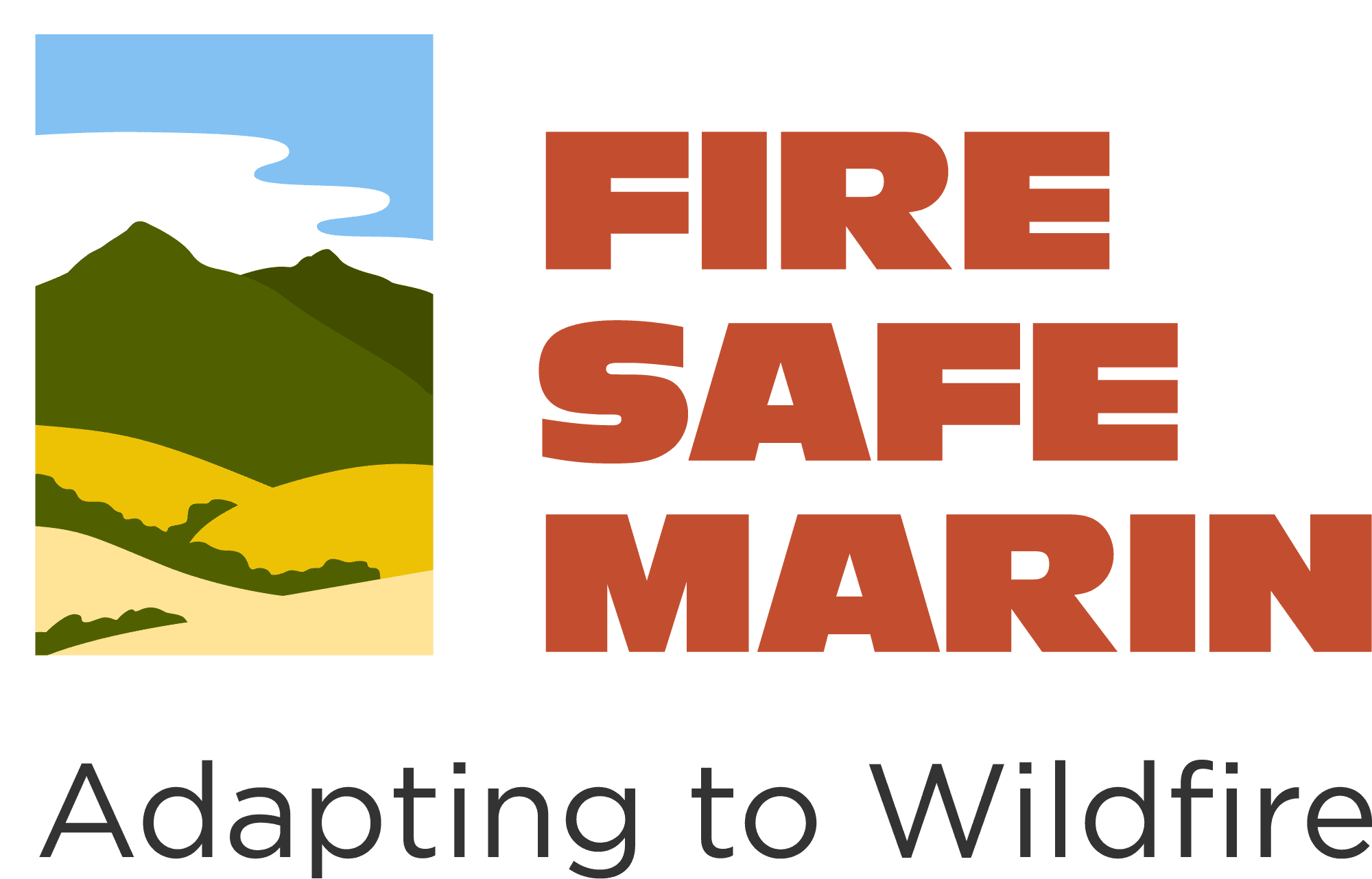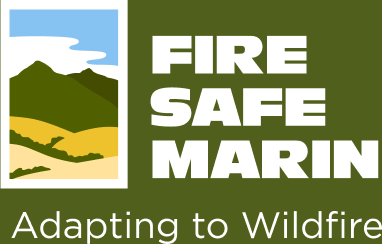All decks made with combustible materials are vulnerable to flames on the underside of the deck, and MOST decks are made from combustible products. Decks are also vulnerable when embers land and accumulate on top of the deck. Embers accumulate where the deck attaches to the home and in the gaps between deck boards. Once your deck ignites, fire has an easy path to your home.
Use the following to reduce the vulnerability of your deck to wildfire.
- Remove combustibles items from under your deck: Firewood, grass, leaves and needles, tools with gasoline, propane tanks and all other combustible items.
- Regularly clean out debris from between deck board gaps and where the deck connects to your house.
- If your deck overhangs a slope, ensure you have enough defensible space to minimize the chance of the fire burning up the slope to the deck.
- If you live on a hill and your dominant vegetation is grass and shrub/brush you can help protect your home from wildfire by building a noncombustible retaining wall across the slope approximately 15–20 feet downslope from the edge of the deck. This strategy will not be effective in forested areas where a crown fire can occur.
- If you need to replace your deck, choose a noncombustible or ignition-resistant material.
- Metal deck boards are available, as are exterior rated fire-retardant treated redwood deck boards.
- Non-FRT redwood and plastic composite deck boards do not meet the requirements of a noncombustible or ignition resistant material.
- Light-weight concrete would also be an option, but the resident will have to consult with a structural engineer to confirm the structural adequacy of the support system of an existing deck.
- Non-fire retardant treated redwood has been shown to be vulnerable to ignition from embers. Higher density deck boards, such as plastic composites and tropical hardwood species, are more resistant to ignition from embers.
- If using wood or plastic composite deck boards, the following strategies will minimize the vulnerability of combustible deck boards to embers, not flames. So maintaining a noncombustible area under the deck is still critical to reducing the overall vulnerability of your deck (to embers and flames).
- Increase the gap between deck boards from 1/8 inch to 1/4 inch. In research conducted by the Insurance Institute for Business & Home Safety, the 1/8 inch gap between deck boards was narrow enough for the fire to continue burning into an unburned portion of the edges of the wood deck boards (the fuel), in both directions from the ignition point.
- For nominal 2-inch (or thicker) redwood or cedar deck boards, increase joint spacing from 16 inches to 24 inches. Plastic composite deck boards must be installed on joists spaced 16-inches on center.
- Apply a foil-faced self-adhering adhesive flashing tape (foil-faced bitumen tape) on the top of each joist. Using this tape reduces flame spread by removing the joist as a fuel source for both parallel and perpendicular board installations. Bitumen is combustible. It helps the tape stick to the wood, but flames impinging in the underdeck area will ignite it (and the wood joists, beams and columns).
- Metal flashing can be applied to the lower 6-18 inches of an outdoor wall to protect combustible siding from embers that may accumulate during a wildfire. It is important that the metal flashing be tucked in (“let in”) at the lap joint where it terminates. This is particularly important if you have wood or wood-based siding as this will stop water from being trapped between the metal flashing and siding.
Thank you to the Insurance Institute for Business & Home Safety for conducting their research and making these findings possible to allow us to better understand the vulnerabilities of our homes to wildfire and for evaluating the effectiveness of mitigation strategies.
You CAN make changes that decrease your risk of wildfire burning your home!







